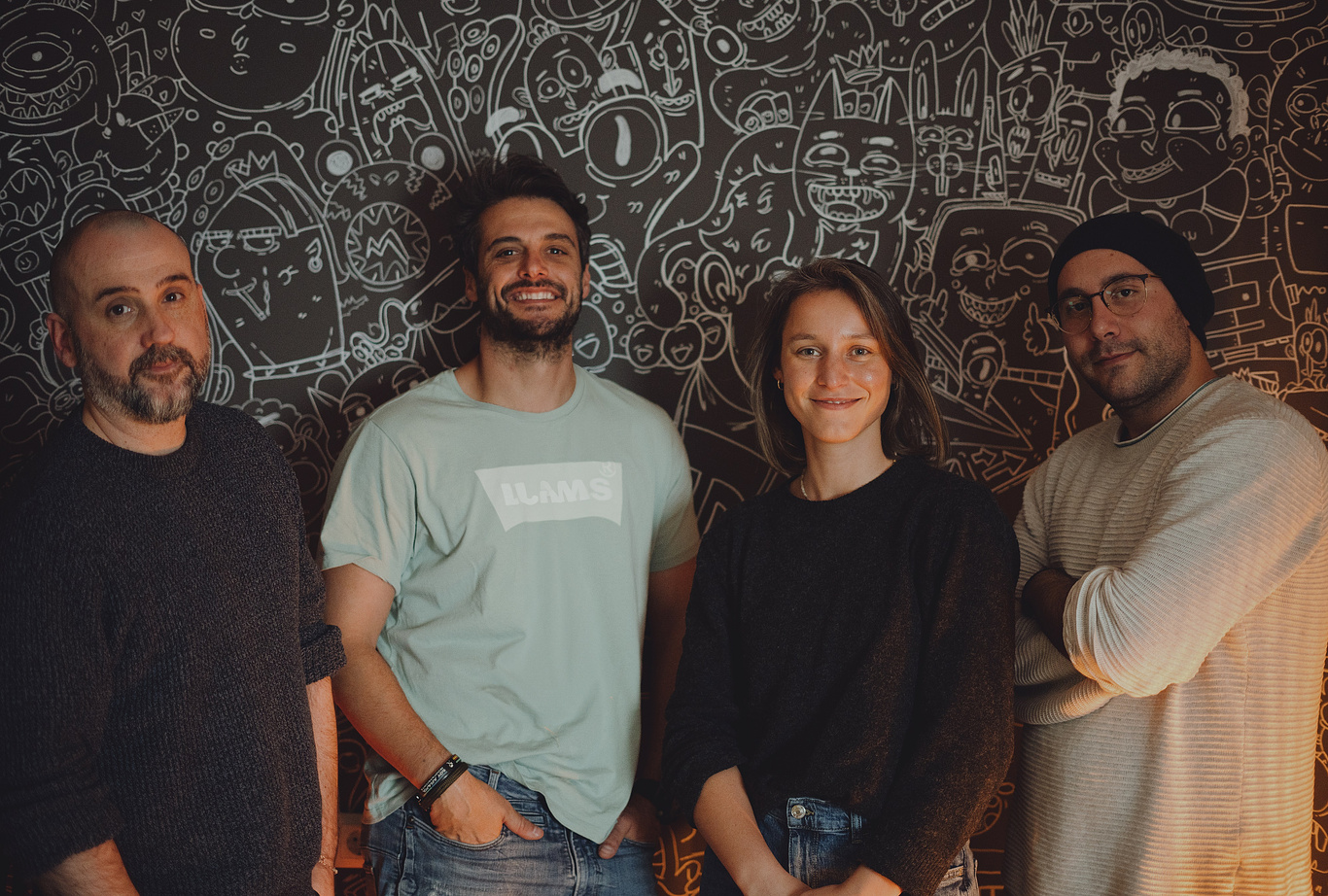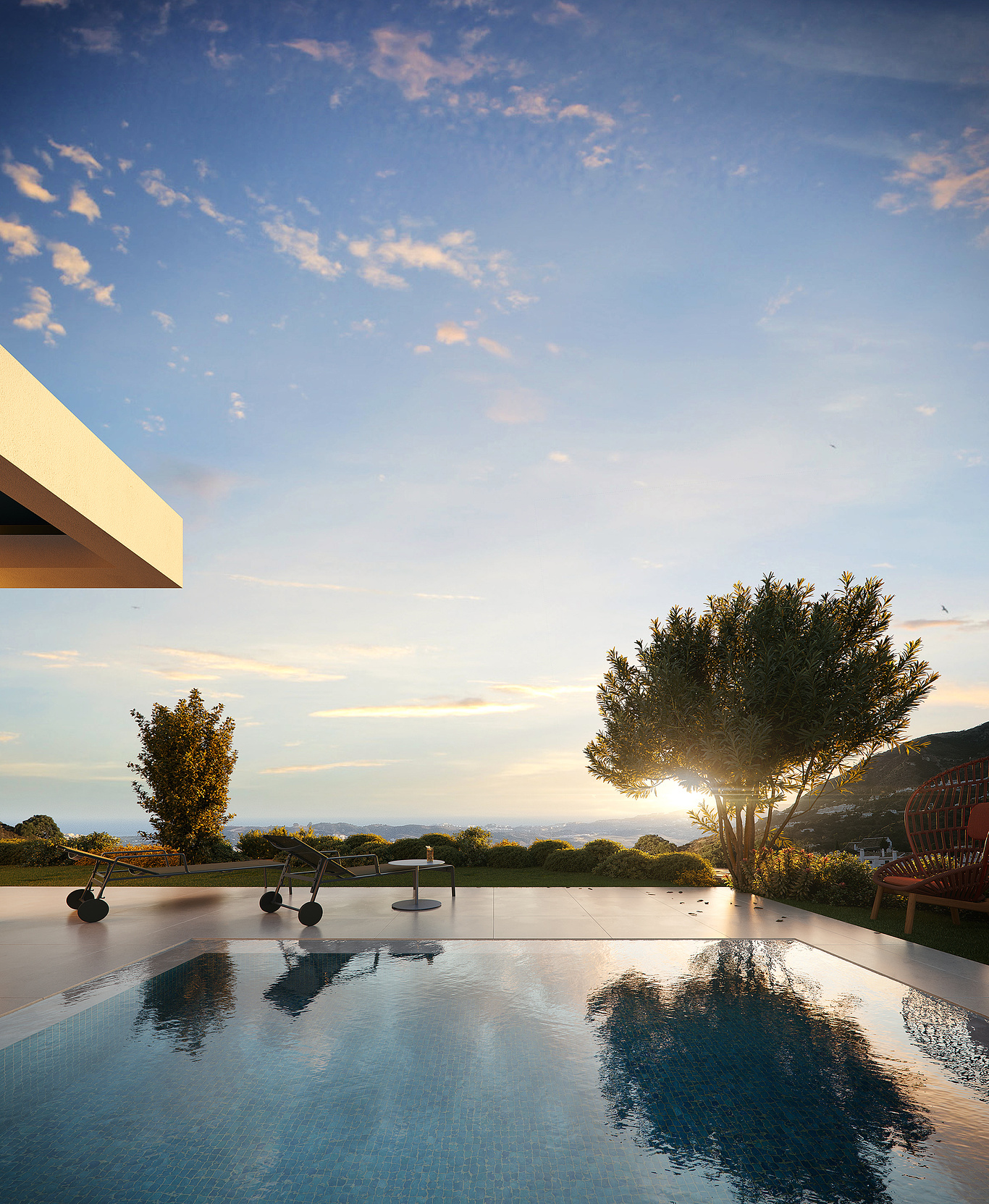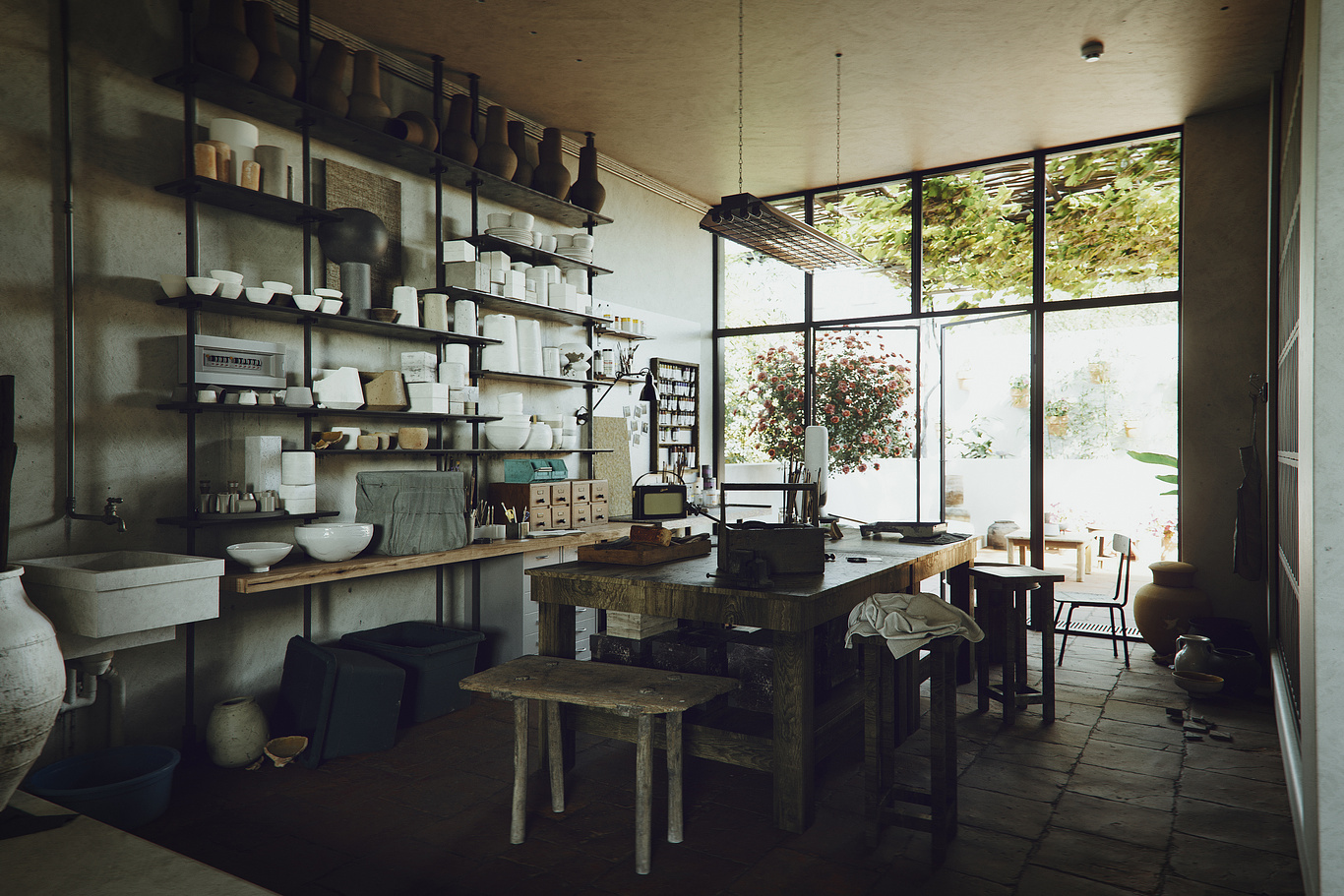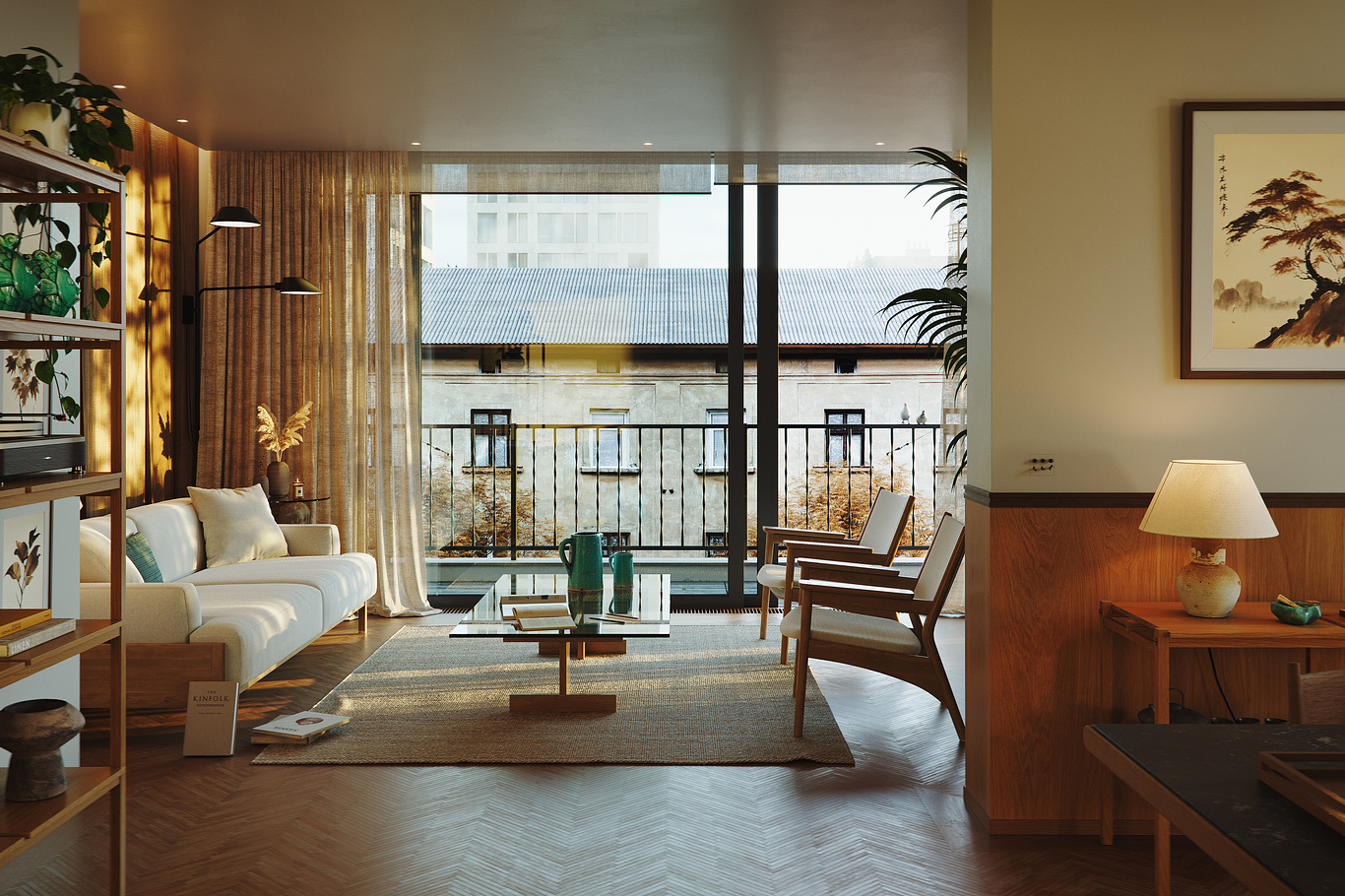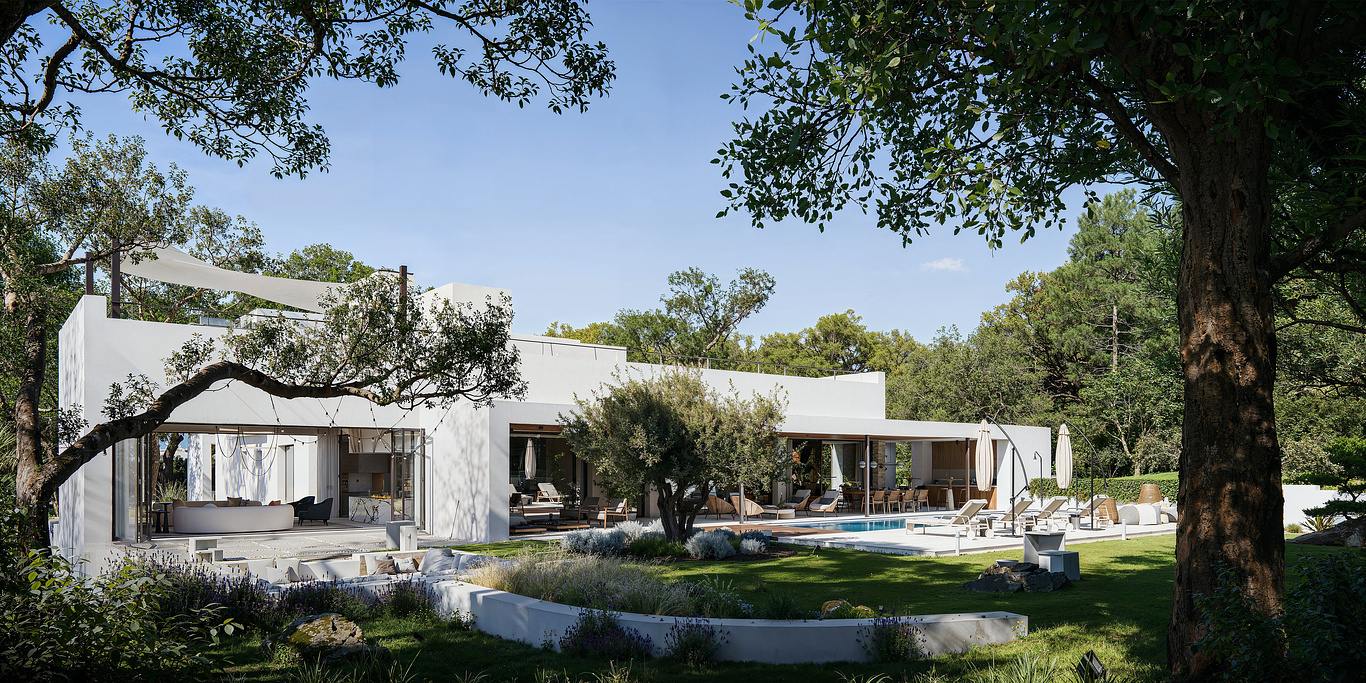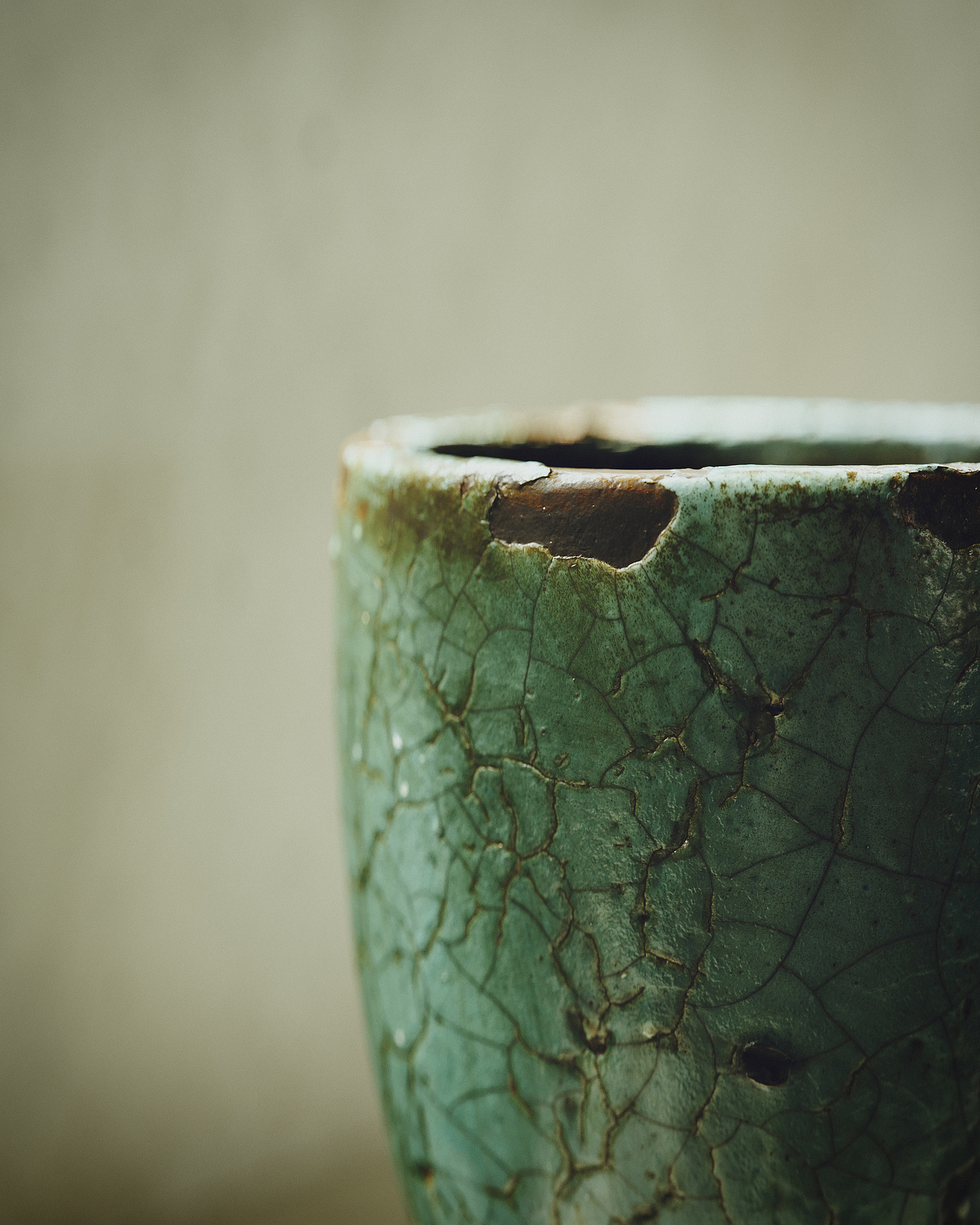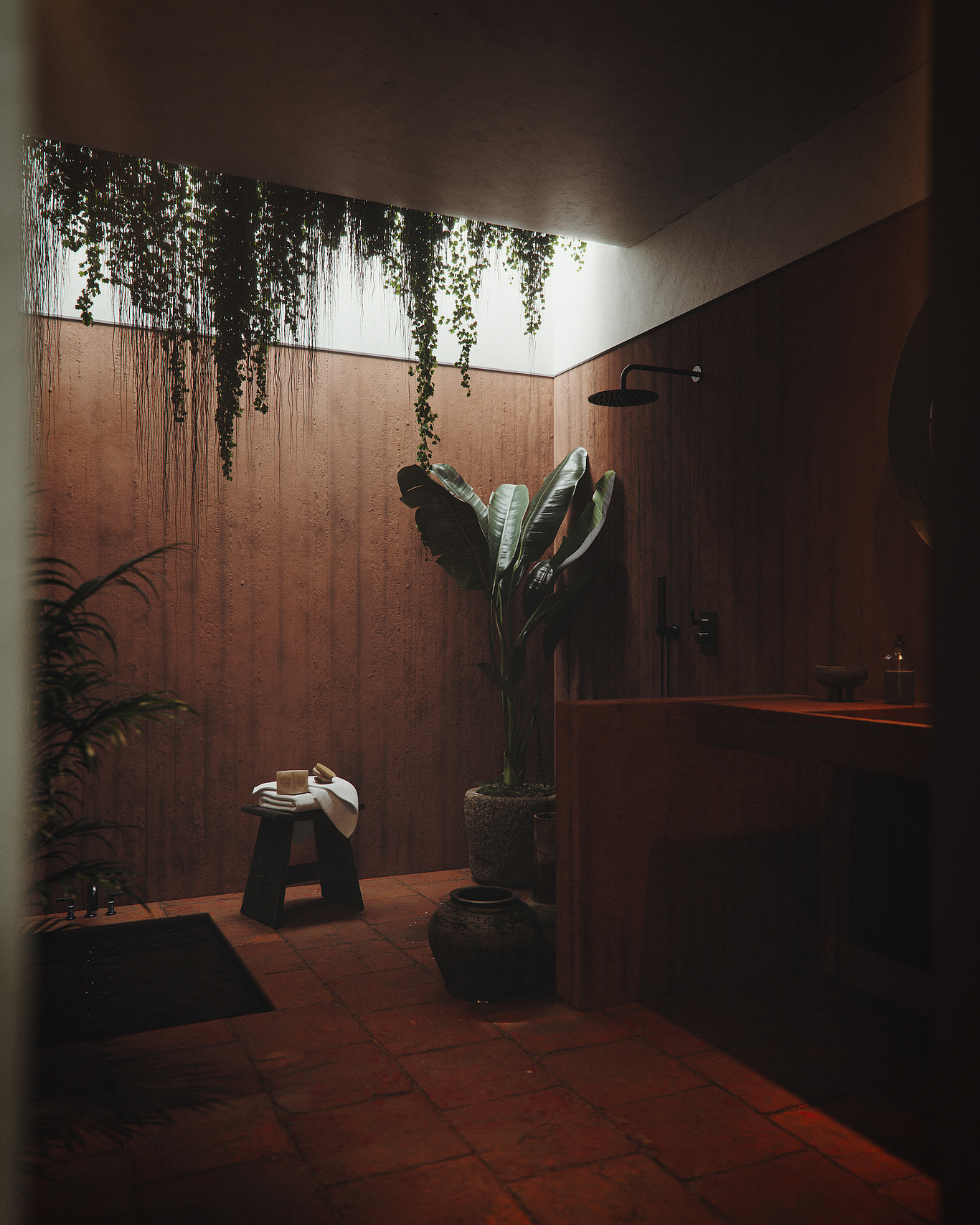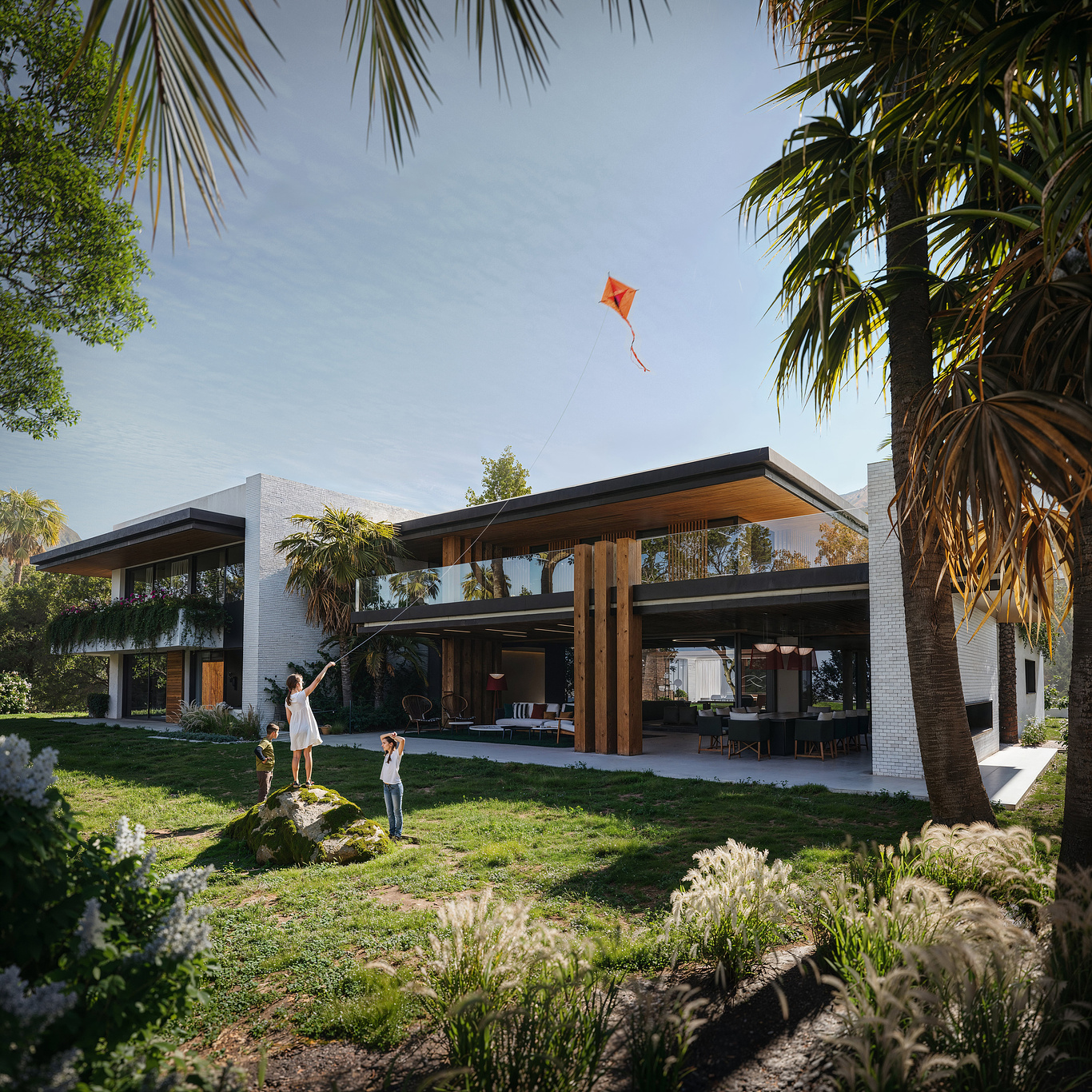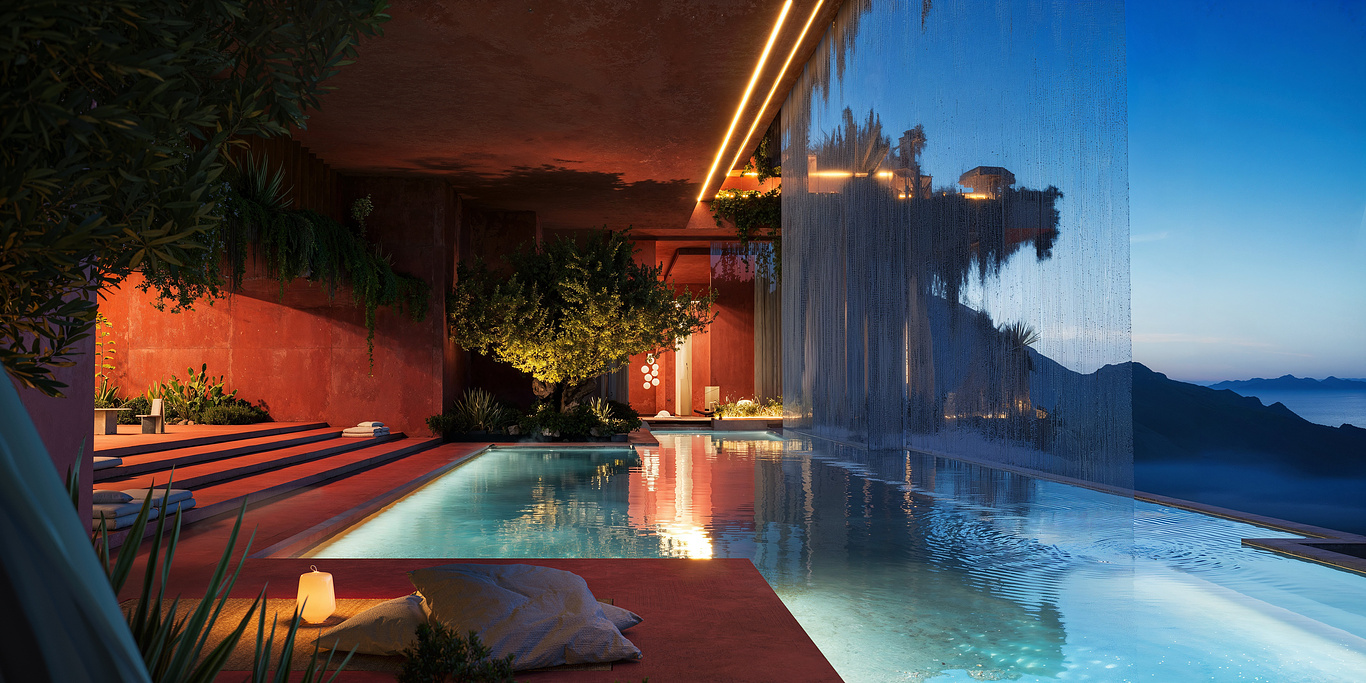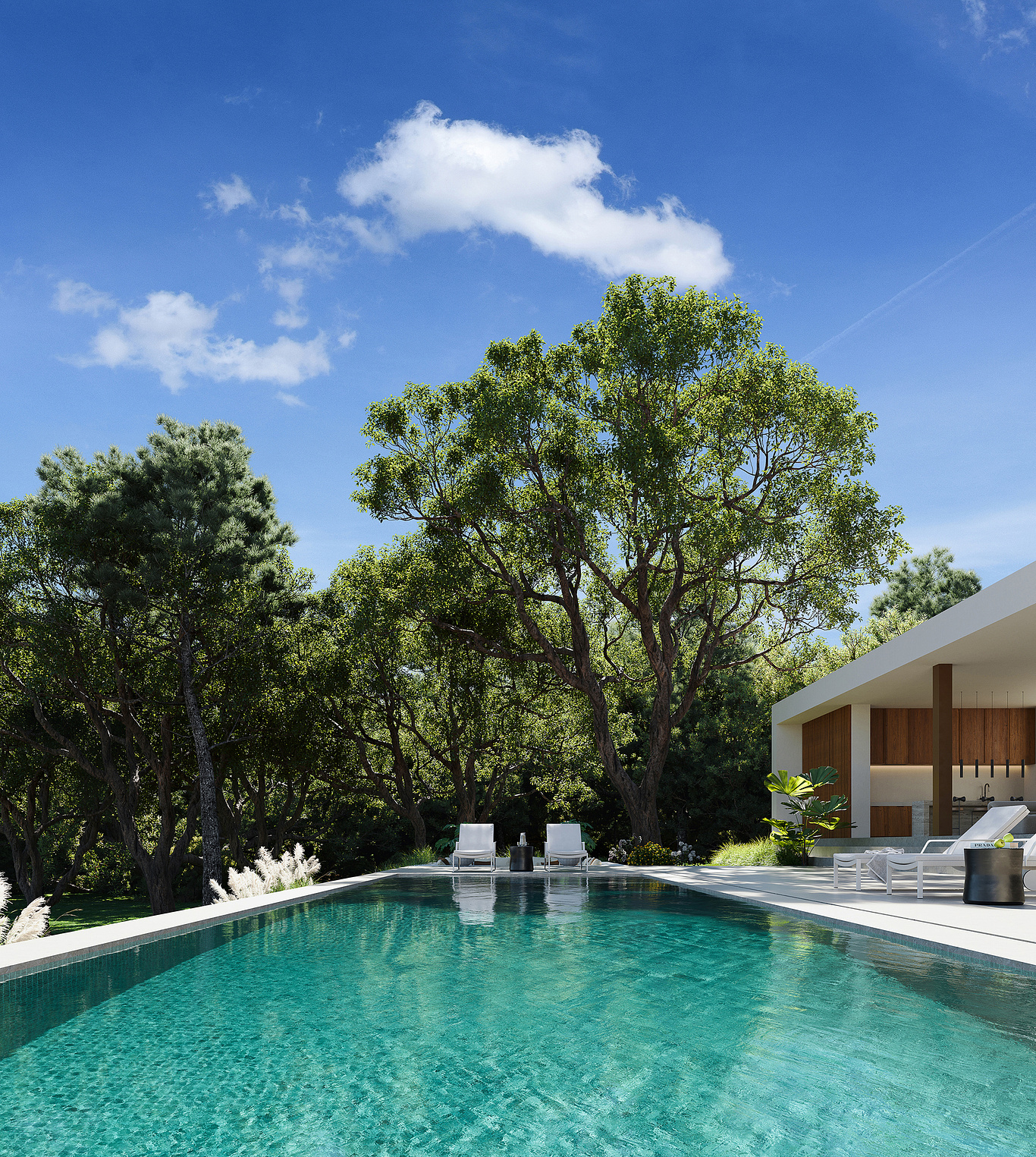
10 Questions With...
10 Questions with Nobrand Studio
Welcome to 10 Questions with... Nobrand Studio, the latest installment in our series spotlighting the minds behind the most innovative design studios. In this edition, we sit down with Jesús Caballero and Germán Carrasco, the founders of Nobrand, an architectural visualization studio nestled in the enchanting city of Marbella, Spain.
Renowned for their exceptional talent and unwavering dedication, Jesús and Germán have carved out a niche for Nobrand as a premier destination for high-quality, hyper-realistic imagery. From collaborating with interior designers to partnering with architects and prestigious furniture brands worldwide, Nobrand's portfolio speaks volumes of their unparalleled craftsmanship.
Join us as we delve into their creative process, glean insights into their inspirations, and uncover the secrets behind their breathtaking visual narratives. Get ready to embark on a journey through the lens of Nobrand Studio, where innovation knows no bounds and imagination reigns supreme.
1. What inspired the name "nobrand" for your studio?
We would love to have a great story to tell about choosing the studio's name, but it's all simpler than that. After several weeks of searching, no name excited us, so we took advantage of the situation to use it as inspiration, hence "Nobrand."
2. How did the studio get its start, and what was the vision behind its inception?
2. How did the studio get its start, and what was the vision behind its inception?
Germán and I met in the 3D department of an interior design studio. After 5 years of developing projects, the need to evolve grew in us, to take a step towards something more personal where the work philosophy is closer to our ideas, allowing us to have greater creative freedom. Thus, in 2021, Nobrand was born, with the fears and vertigo of a new adventure but with clear ideas: to enjoy each project to the fullest, do everything with joy, and make work a state of happiness, which would be reflected in the result of everything we do.
3. How do you approach blending reality and imagination in your visualizations?
3. How do you approach blending reality and imagination in your visualizations?
For us, it's a staging where we play with all the tools at our disposal to make the viewer attracted to the image without having to think if it's virtual or not. To achieve this, we do many reviews where the team provides as much self-criticism as possible; we all contribute our artistic opinion and our technical knowledge to support the rest of the teammates. We don't function as a group of artists; we are a unit, a kind of Megazord, as a geeky reference.
4. What are the key challenges in architectural visualization today?
We suppose each studio will face its own challenges. For us, at the moment, technological advancements along with an increased demand for CGI images have led us to look for new ways to improve competitiveness, with an emphasis on internationalization and team training improvements. This involves investing in our artists and in renewing or expanding our infrastructure. But undoubtedly, the greatest challenge is the knowledge to always keep up with the technological pace demanded by the sector. We try to dedicate time to test, learn, and develop technologies.
5. Can you walk us through your creative process for a typical project?
Everything starts with collecting as much information as possible, "one more piece of data is one less problem." Then, we have a meeting with the whole team to throw out as many ideas as possible; these moments are usually fun, we remove mental filters and just let our imagination fly. Once the best proposals are selected, we polish the details on an online virtual board where annotations, revisions, emoticons, and comments are visible in real-time. We try to have all parties involved in the project contribute creatively; dialogue is a powerful weapon for creativity. The client is part of the process, contributing ideas, the crazier, the better.
6. How has technology changed the landscape of architectural visualization?
We believe that technological advancement opens new horizons, and we must face them without fear. It is important to find ways to implement new technologies into our workflow. Obviously, Artificial Intelligence, new real-time rendering systems, interactivity, etc., are here to stay; we must take advantage of these technologies, or we will be doomed to be less competitive or disappear as a studio. Every change involves an effort, but we have concluded to see the positive side; it is the perfect way to grow and evolve. After so many years, we see these advances as cycles, turning points, then everything stabilizes, and we continue working, maybe in a different way or with better results or faster, but every day you sit in front of a screen to create images that can transmit, and that's what's important.
7. Could you share insights on a particularly challenging or unique project?
7. Could you share insights on a particularly challenging or unique project?
If I had to select a unique project, it would be "Meraki." It's an internal project that has allowed us to explore beyond architecture and decoration. We've created a character, a real person with feelings, fears, passions, with a complex life that you can feel in every image. The whole team takes advantage of the small free moments of the day to advance in it; we are still in development, currently, we have about 60 visuals and increasing. Technically, it gives us freedom; we have scanned numerous objects in 3D, generated fluids with Phoenix, dynamic animations, VFX, etc. This wonderful journey will culminate in an animation for 2024.
On a commercial level, the development of images for some of the new collections of the Vondom outdoor furniture brand has been a challenge due to the limited time for development and the level of detail required. The entire team was involved, generating concepts in AI, preparing scenarios, modeling furniture, lighting, etc. Every morning we had a meeting to study the artistic direction of the collections, look for technical solutions, and distribute the work according to the strengths of each artist to meet the delivery date. This project has shown us that when the whole team sails together, we can achieve extraordinary things.
On a commercial level, the development of images for some of the new collections of the Vondom outdoor furniture brand has been a challenge due to the limited time for development and the level of detail required. The entire team was involved, generating concepts in AI, preparing scenarios, modeling furniture, lighting, etc. Every morning we had a meeting to study the artistic direction of the collections, look for technical solutions, and distribute the work according to the strengths of each artist to meet the delivery date. This project has shown us that when the whole team sails together, we can achieve extraordinary things.
8. What are the future trends you foresee in this industry?
If we talk about Archviz from an artistic perspective, implementing profiles with added values, such as art directors or interior designers, allows for the creation of spaces that are at the forefront, not only technically credible but also more sophisticated and adapted to current standards. But if we return to the technological world, without a doubt, AI is the most recurring theme. It provides us with new workflows, is a significant support in the development of ideas, and accelerates complex technical processes; these will become everyday tools in studios. We consider that interactivity will be the future trend with the most growth, moving from being spectators to being an active part of what we see.
And finally, highlight the all-in-one technological ecosystems that implement real-time rendering, models, materials, etc., for creating spaces in a simple and comfortable way. This helps offices and artists develop ideas efficiently. We will be attentive to what the future holds for us.
9. How do you ensure client satisfaction and manage expectations in such a detail-oriented field?
And finally, highlight the all-in-one technological ecosystems that implement real-time rendering, models, materials, etc., for creating spaces in a simple and comfortable way. This helps offices and artists develop ideas efficiently. We will be attentive to what the future holds for us.
9. How do you ensure client satisfaction and manage expectations in such a detail-oriented field?
To maintain such high standards of detail in our images, we have made a series of internal decisions and others in direct relation with the client. As a studio, we dispose of any resource that does not meet minimum quality standards, and if we cannot find it, we create it ourselves by scanning a large number of objects and materials with photogrammetry to provide a unique and exclusive value to our work. In addition, extreme resource organization eliminates artists' time losses. We also dedicate as much time as possible to research and training; visual quality grows exponentially as the team's knowledge increases. At the client level, we have reduced review times by making all the processes in the project development comfortable and enjoyable, becoming more efficient and direct between production phases. In short, we dedicate all that extra time to improve and take care of every detail of the scenes.
10. Lastly, where do you see nobrand in the next 5 years, and what are your goals for the studio's future?
We love this question; we adore dreaming, and this is where we let our imagination run wild. We would like to expand the human team without losing our current playful and fun aspect. Implement our own technologies by creating internal projects to experiment with crazy ideas. We hope to become an internationally renowned studio with effort; we work on it every day, except for Friday afternoons, which is the time to go bar hopping, eat, and drink beer as a team; you are invited.
You must be logged in to post a comment. Login here.
About this article
Welcome to 10 Questions with... Nobrand Studio, the latest installment in our series spotlighting the minds behind the most innovative design studios. In this edition, we sit down with Jesús Caballero and Germán Carrasco, the founders of Nobrand, an architectural visualization studio nestled in the enchanting city of Marbella, Spain.
visibility731
favorite_border1
mode_comment0


